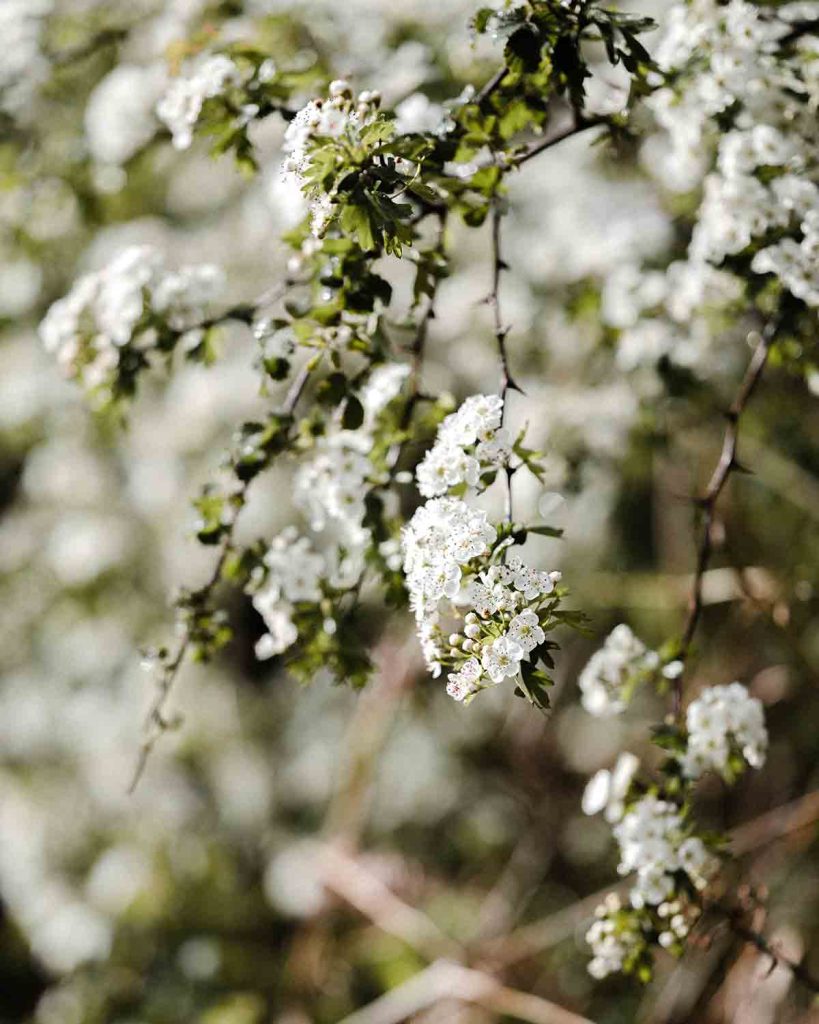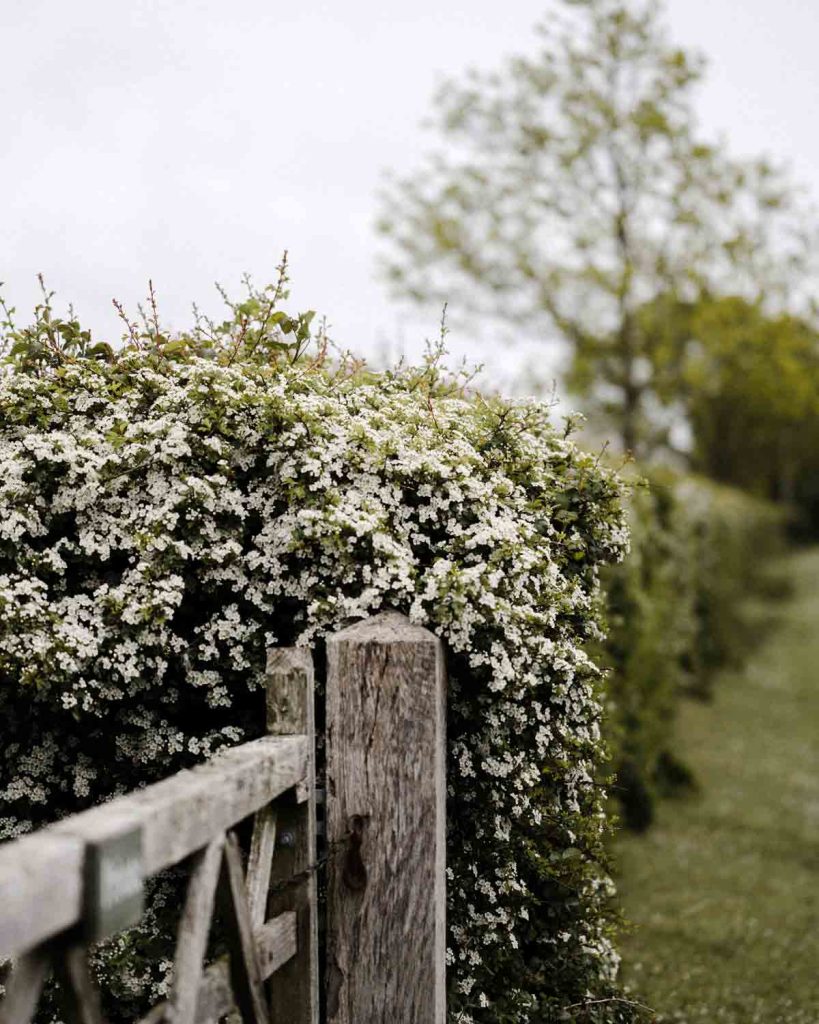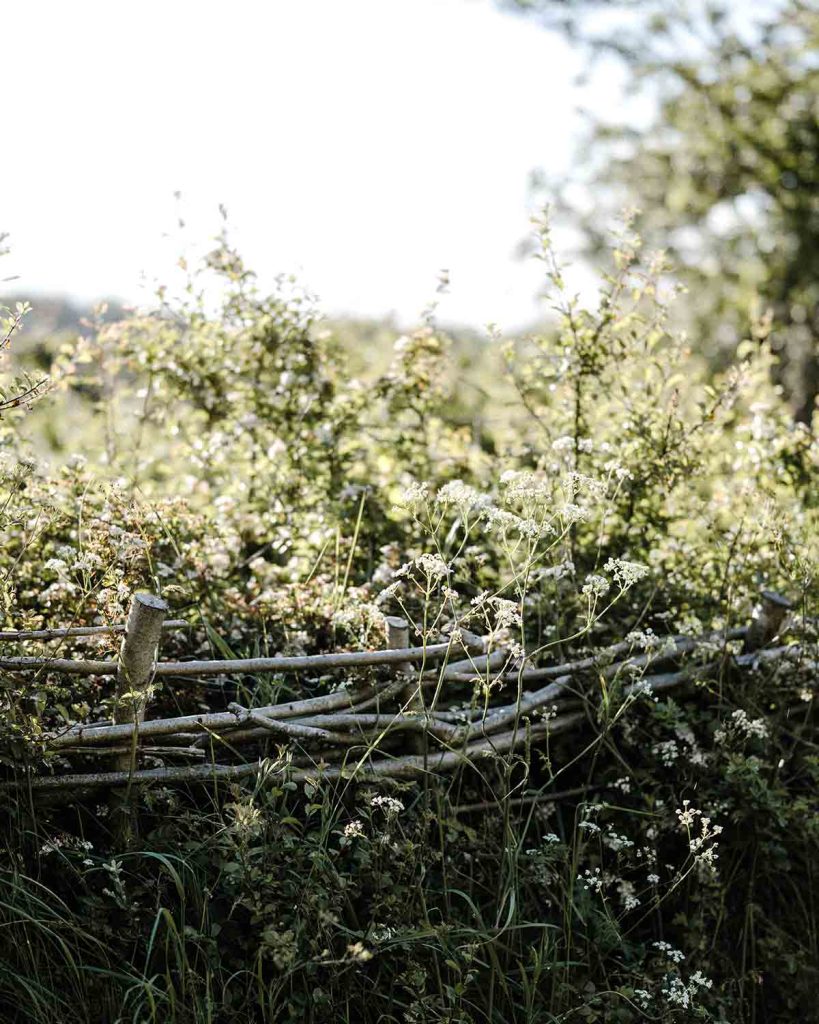The National Trust carried out a study using AI, looking into the changes in blooming boundaries on its properties since the start of the 20th Century, to inform its ambition for future conservation projects and aid plans to establish 4 million blossoming trees by 2030.
The charity partnered with ArchAI Ltd, to use Artificial intelligence (AI) to unlock clues from historic OS maps from the National Library of Scotland map collection. The data was compared to modern day mapping – to determine loss, retention and the creation of hedgerows over time on 100,000 hectares (247,105 acres) of land in its care.

How does AI help assess hedges?
Explaining how Artificial Intelligence (AI) aided the research, Professor Matthew Heard, Head of Environmental Research and Data said: “Historic mapping provides a rich point-in-time snapshot of our landscapes – but this information is effectively ‘locked up’ in the images meaning that previously the analysis of the data has been a time consuming, manual process. However, the development of AI approaches presents an opportunity to ‘detect’ features of interest with much greater speed and at greater scales than ever before.
Using the research, the National Trust now plans to scope the opportunities for hedgerow creation and restoration at key properties and engage in further research into hedgerow and other habitat histories. It is also advocating an approach of having wider hedgerows – to help benefit wildlife.

Why are the National Trust panting hedges on their properties?
The National Trust are busy planting hedgerows across a number of their countryside properties, such as Killerton in Devon, Dunham Massey in Cheshire and Wallington in Northumberland, over 220km of hedgerows have been planted in the last 20 years – with over 125km additional hedgerows planned over the next decade for these three properties alone as part of the Trust’s commitment to net zero.
Paul Hewitt, Countryside Manager on the 13,500 acre (5,463 hectare) Wallington Estate says: “Working with our tenant farmers on the estate over the last few decades, we’ve been planting new hedgerows, restoring historic ones and widening many of the hedges so they can provide a greater benefit to wildlife.
“Wider hedgerows provide particular benefits of being habits in their own rights, acting as superhighways for wildlife to move around and join up with those habitats that already exist such as the woodlands and river corridors here.

Blooming boundaries benefits to nature
Hedgerows create a valuable habitat for wildlife across the UK, Ben McCarthy, Head of Nature Conservation at the National Trust said: “Hedgerows are really important habitats providing food and shelter for many species as well as creating a physical network to help species move across our landscapes.
“For example, the early blossom of the blackthorn, hawthorn and cherry trees is an important nectar source for our early bumblebees and butterflies like the Brimstone whilst the autumnal fruit provides important food later in the year for our flocks of migrating and overwintering birds such as redwings and fieldfares. When allowed to grow, big, busy and riotous, hedges also provide great structural diversity in the landscape compared to the closely shared hedges that are now so common.”
“Big bushy hedges provide more niches to support our wildlife and can complement in-field habitats by providing shelter and cover as well as making our landscapes more permeable for species to move across. All important for adapting to climate change.”
– Ben McCarthy, National Trust, Head of Nature Conservation
Tips for planting a hedge for wildlife in your garden
Growing a hedge to increase biodiversity in your garden is fairly simple. Choosing the right plants to create you hedgerow is key, nearly all trees and shrubs have potential to make hedges depending on the soil and general conditions of your garden. Small hedge plants are often called “whips| and are about 60cm (2ft) high, generally they’re very cheap and are easy to establish. Before choosing your hedge type, consider the following:
- Decide on the type of hedge e.g. evergreen, deciduous, flowering, formal or informal
- Identify any specific requirements, such as height to be achieved and maintained
- Take into account the soil conditions in your garden and light.
- Check which hedges grow locally, look around your area, see what thrives in similar situations and soil conditions
- Consider the amount of maintenance needed
- Native informal or semi-formal hedges will help attract wildlife, providing shelter and food
Native shrubs and trees like field maple, blackthorn, hawthorn, beech, hornbeam and holly make an ideal mixture of hedging plants. Grow rambling plants, such as wild rose, bramble and honeysuckle, through your hedge will help to provide even more shelter and food for wildlife.
Together in conjunction with charities and community groups we can restore our wildlife corridors to support wildlife and make a healthier, greener planet for us all (even AI can help too!)
Photography by Annie Spratt




